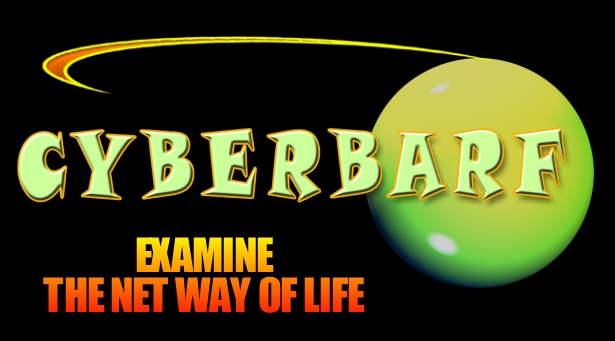Instead of lugging around a camcorder with a still
feature, I decided to take the plunge and buy a small digital camera.
A quick tour around the local electronics megastore found that all the
major manufacturers have similar camera choices. The real difference
is the execution of the interface controls. I liked the large LCD screen
on one model, but the store was sold out, so I got the brand's other
model which had a slightly smaller LCD screen.
The Canon Powershot SD1000 is about the size of a pack
of cigarettes. The compact size is what I was looking for; something
that was really pocket portable. It fits nicely in a jacket or shirt
pocket. It has little more heft than the standard thin cell phone.
The Powershot features include: 7.1 megapixel resolution,
3x optical zoom, 2.5 inch LCD screen, autofocus settings, ISO override
features, 30fps movie capture mode, and photographic retouching software.
The Powershot has straight forward, user friendly,
controls. A switch controls photo, movie or playback modes. The top
shutter button is surrounded by a responsive zoom ring which can be
set to wide angle or telephoto. Autofocus is made by slightly pressing
the shutter halfway, with picture taking on full depression.
The LCD screen is large enough to see the image capture.
It has separate display and menu buttons which is a nice feature. Another
button panel can quickly reset ISO settings, turn on/off flash or set
other camera functions.
The camera came with a rechargeable lithium-ion battery.
It took about three and half hours to fully charge out of the box. Which
is enough time to thumb through the two owners manuals, and the multiple
language disclaimers contained in the box.
There was a notation in the manual that purchaser should
do some test shots to get a feel for the camera's capabilities. Well,
I figured the best trial run would be taking this camera to the Cubs-Cardinals
game at Wrigley Field to put it through its paces. Now sports-action
photography can task any camera's abilities. But this Canon Powershot
worked better than expected: stop action frames of batters swinging
at pitches without blurry limbs and pitchers hurling without mosiac
arm action.
The great thing about a digital camera is the lack
of down time in traditional 35mm film reloads. A roll of 35 mm shots
is like ordering a Christmas present; you don't know what you have until
you get the developed pictures from the Walgreens. With the digital
camera, there is no break in the action for reloading film. The ease
of point and shoot led to 223 pictures taken at the game. (With an upgrade
1.0 GB memory card; with any computer purchase always go for the upgrade
in memory/storage. You won't regret it.)
Downloading photos from the camera was easy. The Canon
USB cable to computer interface was direct and the software did all
the work. The program contained a feature to stitch together a series
of photos into one panoramic shot. From the third base line, I stitched
together a panorama of the right field bleachers. It worked, but the
final image was jagged in parts so any final, square image would have
to be photoshopped to fit/fill in the blanks. But the resolution quality
was outstanding for such a small zoom. The fans in the distant bleachers
were clear and recognizable. No Monet landscape here.
In summary, I found the camera's compact size and ease
of use an excellent investment. I may never buy another roll of film.






